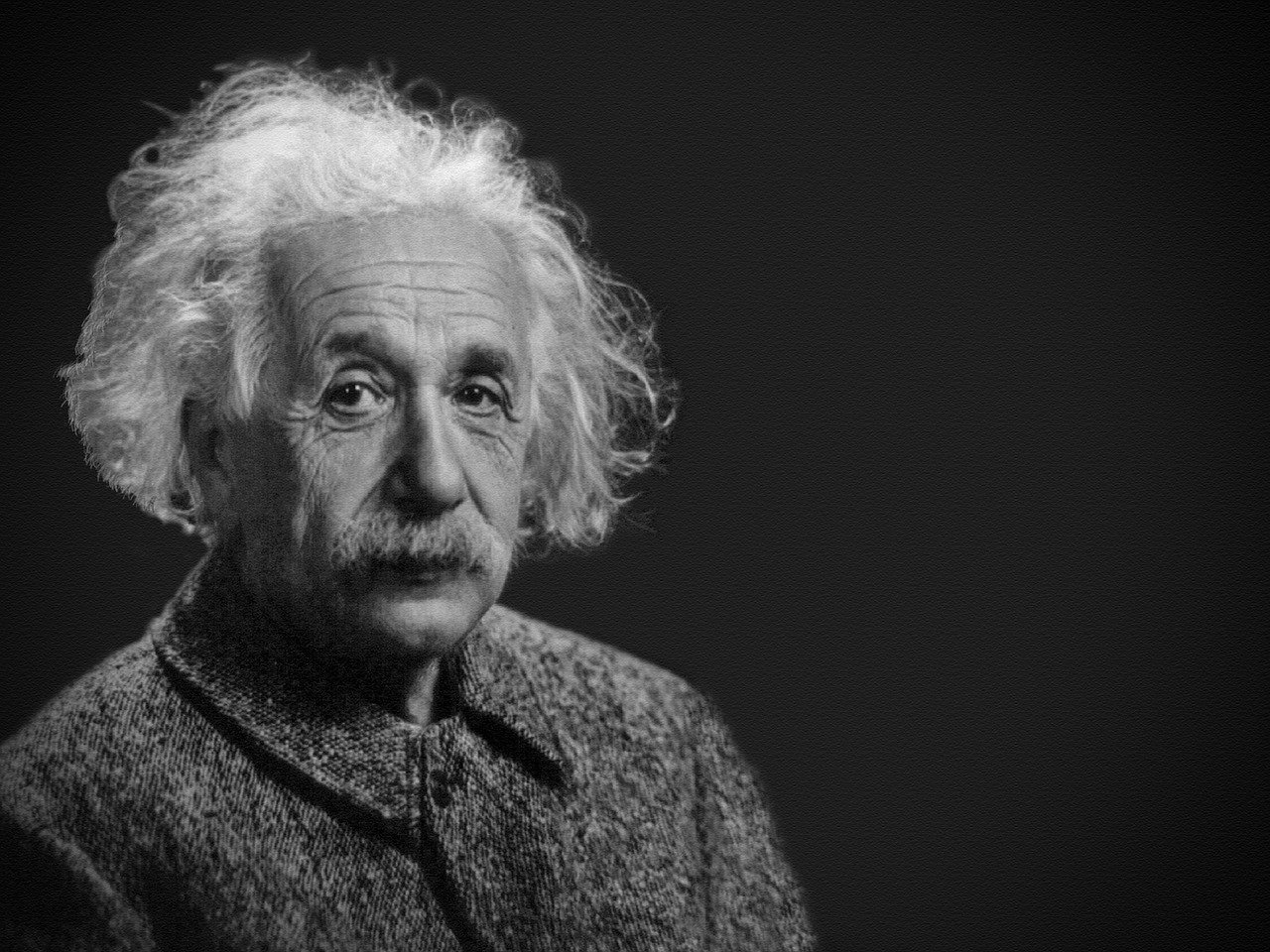If you follow me on Instagram or are married to me (hi, Jake), you’ll know I’m a huge fan of the humble nap. I have no idea who thought it was a good idea to take away the afternoon nap after a certain age, but they were wrong. Roll me out a mat on the floor and let me nap off my milk and cookies, okay?!
Seriously though, I think power naps are completely underrated and now many of us are working from home more often, it seems like the perfect time to bring them back. So, to further my mission to get more people napping, here’s the ultimate guide to power naps…
The Benefits of Power Naps
So, instead of just taking my word for it that naps are good, I decided to dig out some real, science-based proof that napping can be beneficial. According to the Sleep Foundation (my kinda organisation), there are plenty of benefits that come with napping during the day. These include:
- Reducing sleepiness – Duh
- Improving learning
- Aiding memory formation
- Regulating emotions
- Napping can also help us perform better in a range of tasks, by topping up our homeostatic sleep drive. See, science.
Power naps are also recommended for people who work shifts and those who are driving for long periods of time. They can improve alertness and reaction times, which are vital if you need to be focused for any length of time.
According to Sara C. Mednick Ph.D., author of ‘Take a Nap! Change your Life,’ you can also treat sleep deprivation, reset your system, and boost your energy. However, you have to be napping in the right way for it to be the most beneficial to you.
How Long Should Power Naps Be?
The key to ensuring power naps work for you is to nap for the right length of time. Too short of a nap won’t do much good, but napping for too long can also be detrimental. In fact, sleeping too long in the day can make it more difficult to fall asleep at night, so it’s key you nap for the right amount of time.
So, how long should your power nap be? Most experts agree that 10-20 minutes is optimal for those who want to improve alertness and motor learning skills. This should also be just long enough to ensure you don’t have any issues with sleep later on in the day. This will also stop you feeling groggy when you wake up, which can often happen if you nap too long and wake up in the middle of a sleep cycle (around 90 minutes to two hours for most).
How To Power Nap The Right Way
So, we know how long we should be napping for to see the most benefits, but how do we make sure we get it right? I have a couple of tips I’ve previously mentioned in this podcast, which I’ll elaborate on now:
- Don’t nap too late in the day – I tend to rest my head shortly after I’ve eaten lunch and fall into a carb slump. Experts agree that around the middle of the day is ideal, so don’t leave it too late or it might impact your sleep later on.
- Make sure you’re calm and not distracted – A quick meditation or breath work is ideal to wind down before a power nap. You’ll find plenty of these on the Anti-Burnout app! Once you’re in the right mood, make sure all distractions are turned off. That includes phone notifications!
- Get comfy, but not too comfy – I find that if I try power napping in bed, all that happens is I fall asleep until my husband gets home (oops). Therefore, I try to pick a place that’s fairly comfy but not my bed. The sofa or an armchair is ideal!
- Set an alarm – Always, always set an alarm before you put your head down for a nap. I always set mine for 20 minutes just before closing my eyes. This is the perfect amount of time for me, but you may want to play around with your own sleep cycle.

Power Napping like the Pros
Did you know that Einstein, Aristotle, and Salvador Dali all apparently indulged in power naps during the day? They were convinced it helped their minds recharge and to feel more creative or inspired. You may often hear of 20-minute naps being referred to as the ‘Einstein nap,’ and Aristotle regularly wrote nap-loving pieces like ‘On Sleep and Sleeplessness.’
Dali, however, was the king of alternative naps. He would nap holding a set of keys in his right hand. Beneath that hand was a plate. The moment he drifted off and dropped the key, it would make a clanking sound and wake him up. It’s the surrealist artist’s way to wake up before mobile phone alarms existed! I’ve tried it, but the shock of the keys hitting the plate was just a tiny bit too much for my anxious mind.
There are plenty of successful people who have sworn by (or still swear by) the humble nap. So, don’t think it’s a sign of laziness wanting to rest your head in the day. Instead, see it as a way to recharge, reboot and come back more productive. Now if you’ll excuse me, all this talk of power naps has made me sleepy.

